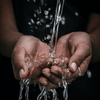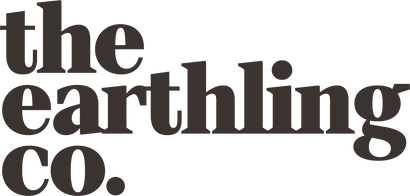

You may recall how the city of Flint, Michigan became an emblem of poor water management and racial discrimination in the U.S. The predominantly African American community of Flint only had access to lead-contaminated tap water for several years starting in 2013. A settlement was reached in 2016 requiring the city to replace its lead pipes, but concerns from households without new pipes still linger to this day.
You may not realize that what happened in Flint, Michigan is a microcosm of a global phenomenon. Inequities of gender, race and socioeconomic status are folded into the statistics on access to safe water. In total, 1 in 9 people around the world live without access to safe drinking water at home.
That’s why this year’s World Water Day theme is “leaving no one behind.” The U.N. recognizes the “right to safe and clean drinking water and sanitation” as a human right, so it’s important to consider why certain people still lack this right.
A range of global issues such as pollution, climate change, political conflict and forced displacement tend to fall hardest on the shoulders of marginalized groups. This is especially true when it comes to reaching clean water.
Who lacks access to safe water?
Taking a look at who faces this dilemma helps us see how inequality has become a driving factor for the global water crisis. People who face discrimination of race, ethnicity, religion, disability and nationality are generally more likely to lack access to safe water. Yet, those who are hit the hardest tend to fall into at least one of the following three groups.
Global poor
From a global perspective, just 10 countries are home to 60 percent of the people living without access to safe water. India alone has a fifth of the total global population lacking access. Sub-Saharan African countries account for over a third of the global population lacking access. Indeed, the global poor face the worst water access conditions.
Rural populations
On a global scale, rural populations account for eighty percent of the people who only have access to unsafe water. Even in the U.S., 50 percent of the water pipe systems deemed unsafe in the U.S. were located in rural areas where the population density is low. Rural communities often only have access to water has been tainted by industrial pollution or which is delivered from an aging infrastructure of lead pipes.
Women
Have you seen those pictures of women carrying large canisters of water on their shoulders? In case you thought they were an anomaly confined to one small region of the world, think again. Collectively, women around the globe carry water for a total of 200 million hours per day.
Women who lack access are disproportionately affected by the water access dilemma, as 8 in 10 women have the familial responsibility of carrying water from distant water sources to their families. This unpaid labor prevents poor women from gaining upward mobility. With access to water those hours could be spent earning money, climbing out of poverty, educating family members, and simply enjoying life.
Passing the mic to marginalized people

We can all gain inspiration from the people of Flint, Michigan who bravely spoke up until their voices were amplified across the entire nation. One of the lessons learned is that marginalized people need to have a voice in conversations about access, health and equitable water distribution.
Sources:









